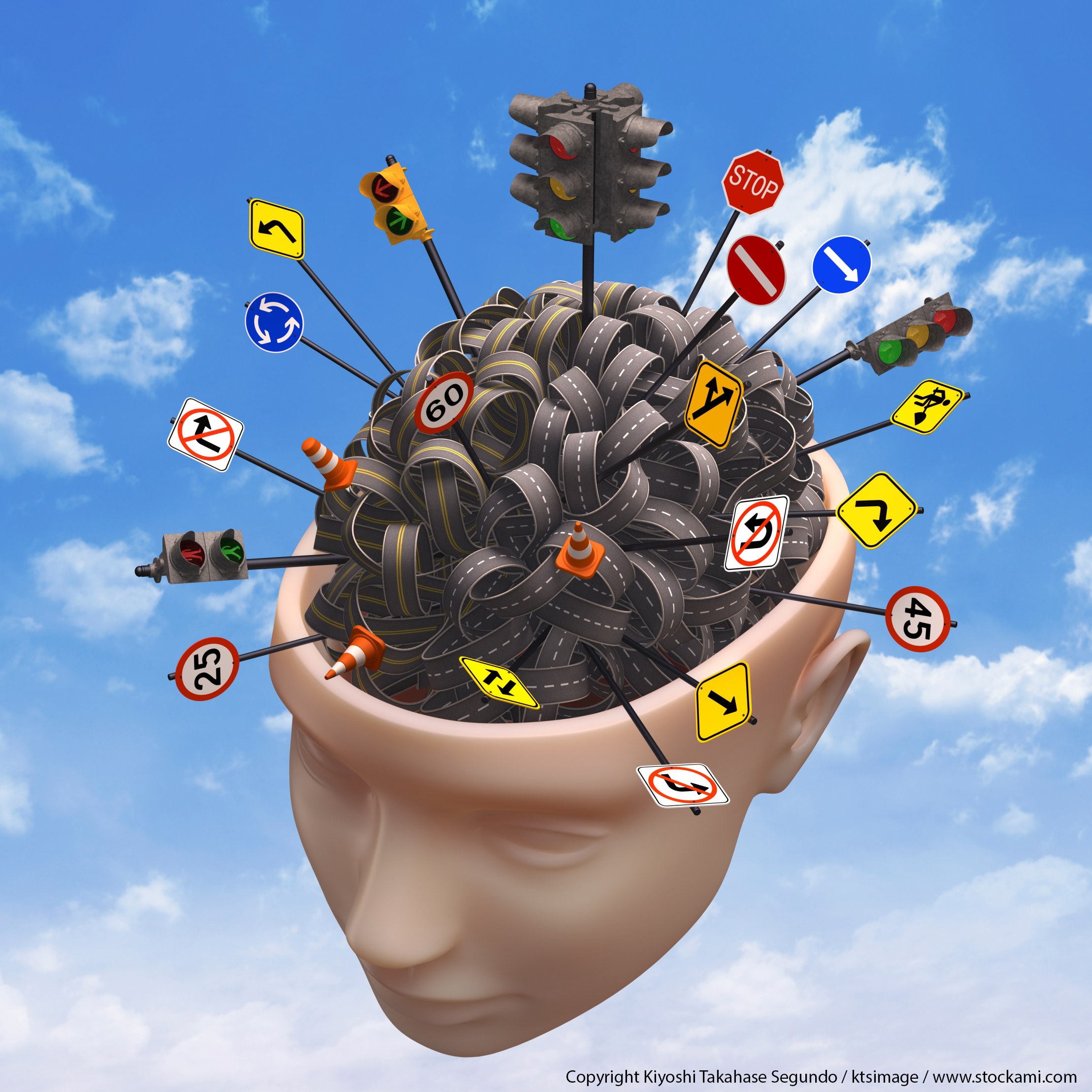Brain Networks under Attack: What pruning network links can tell us about the dynamics of neuronal networks
Our universe is full of interacting systems. Networks such as power grids, the Internet, social networks and organizational structures determine our daily routine. Biological neuronal networks (BNNs) are the most complex example of such interactive systems. In our brain, both the states of the nodes, the neurons, and the pattern of their interaction, their synaptic connections, progressively change throughout our lives.
Simachew Abebe Mengiste investigated how such systems can be controlled and observed – particularly if they are under attack. His insights into the consequences of systematically pruning the links of such networks, also called edges, provide new perspectives for understanding the conditions for maintaining certain substructures, but also for systematically disconnecting malevolent substructures. His main research goal is to understand the conditions required for achieving structural controllability of networks. “In dynamical systems, controllability really means to be able to direct the network state from where it currently is to where you want it to be”, Mengiste explains. “In this respect, structural controllability provides the tools to identify the minimum number of nodes in a network required to design a controllable structure for the entire system.”
Road networks and structural controllability
Because networks are often not static in their structure, their optimal control configuration is likely to change: “Consider the street network in a city. When there is a construction site, some roads need to be blocked. This resembles the removal of some links in a network. In such a situation, the authorities need to ensure that all locations in the city remain accessible. For this, it is crucial to identify the most frequented roads and to adapt traffic guidance accordingly to prevent the traffic from collapsing”, Mengiste explains. “Using the idea of structural controllability we can not only identify the critical links between any two destinations, but also calculate how many roads could be blocked, while the main network remains intact.”
Biological neuronal networks, like most real world networks, are relatively resilient to random removal of their edges. When the full structure of the network is not known, a progressive attack on its edges, systematically killing links of individual nodes, one by one, is very efficient in altering the control configuration of many types of networks. When the full network structure is known, Mengiste can devise even more powerful edge attack strategies which either do not affect the controllability or, alternatively, quickly cripple the network. “Our insights can not only help to structurally protect complex networks, such as neuronal networks, airport networks, street grids, or some social networks, which are highly sensitive to intentional attacks on their critical edges. They can also help us define more efficient strategies for attacking potentially harmful network dynamics, such as the distribution of pandemic diseases, and they may help us understand the dynamics of such structures”, Mengiste explains.
Mengiste’s perspective can help us understand the development of neuronal networks in infants. “When children are born, they grow many new connections that are later progressively pruned in a process of reorganization as the child develops. This neuronal reorganization happens as a consequence of learning”, the mathematician explains.
New treatment potentials for neurodegenerative diseases
A similar situation arises in a brain suffering from a neurodegenerative disease such as Alzheimer’s or Huntington’s disease, which typically result in the death of neurons and the failure of synapses. As Mengiste says, “In these diseases, network structures gradually deteriorate until they reach a stage in which natural compensation mechanisms can no longer make up for the loss of neurons and synapses. As a result, inputs may no longer reach their targets efficiently and effectively.” Therefore, it is useful to reanalyze the control structure of such networks under attack and to identify where additional inputs are necessary.
Simachew’s paper entitled “Effect of edge pruning on structural controllability and observability of complex networks” constitutes a significant step forward for our understanding of how to maintain structural stability of complex brain networks as they are changing, either in early development or in the case of degenerative brain disease. In addition, the results of this mathematical assessment may help in developing new therapeutic strategies for bringing degenerate networks back under control and to return their dynamics to a healthy regime.


